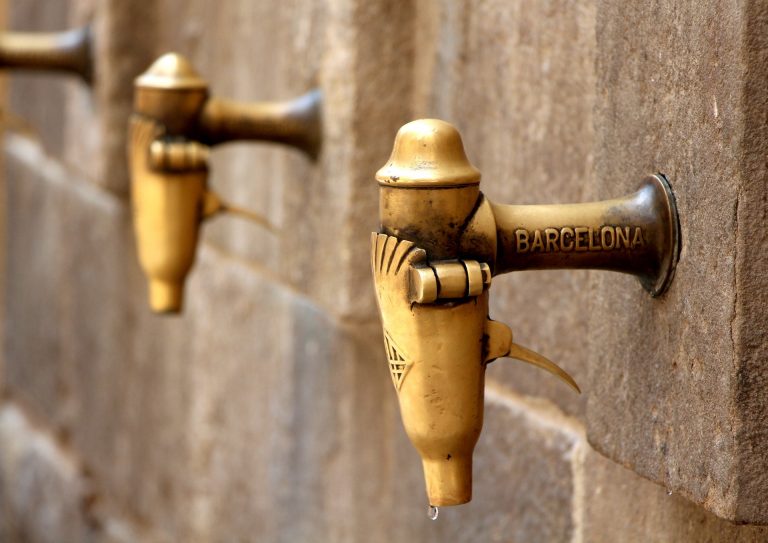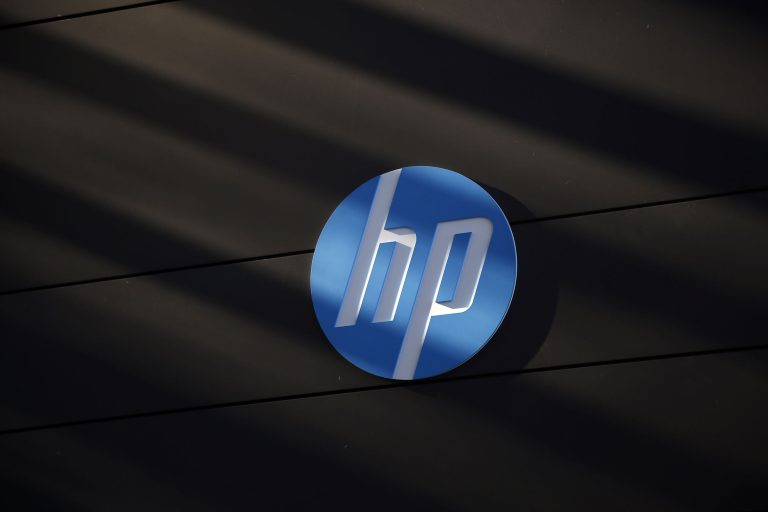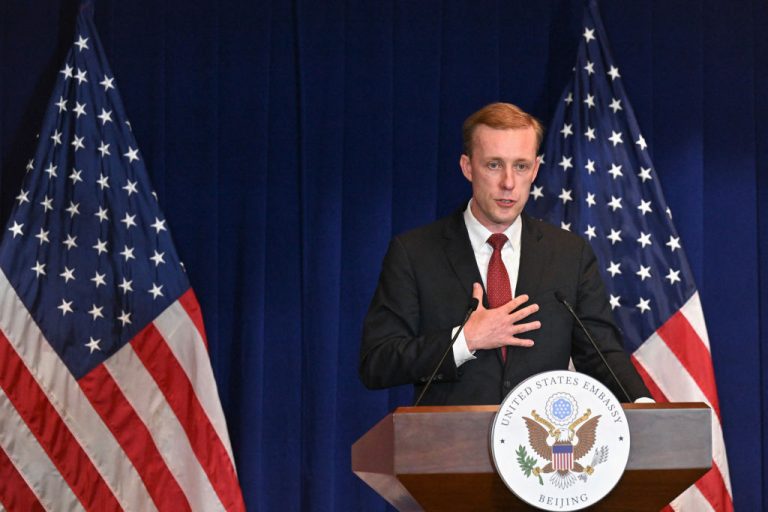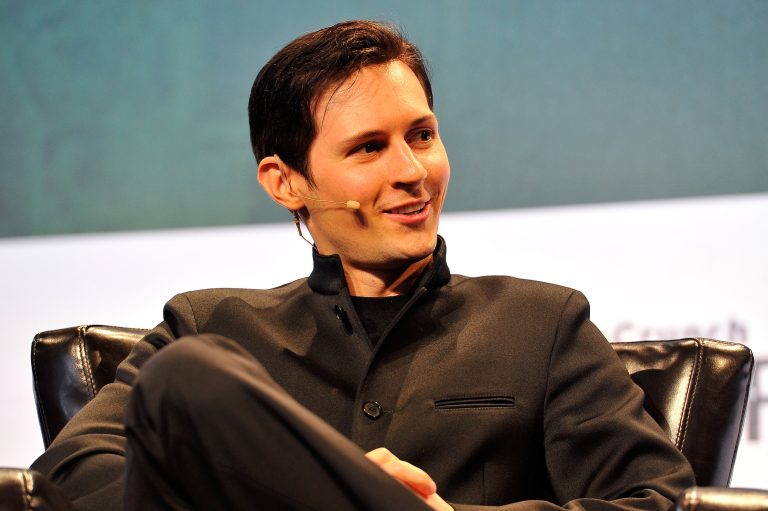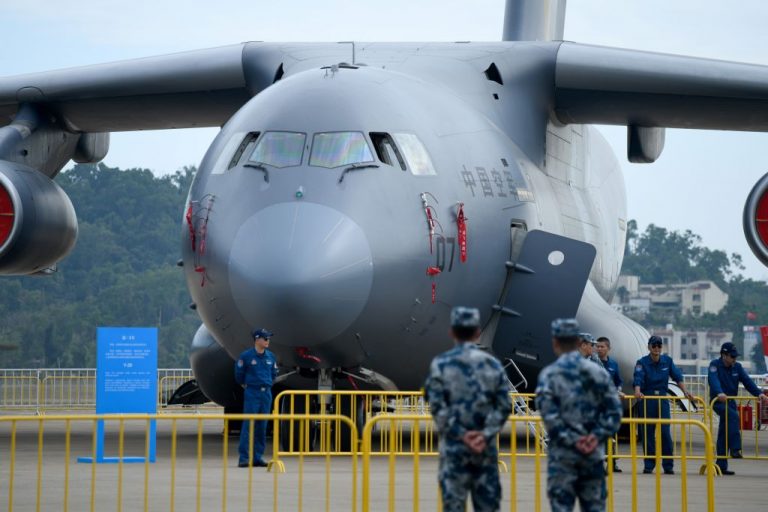Iranian protests, triggered by the country’s water crisis, have intensified in recent days, with thousands of people taking to the streets and raising their voices against the Islamist government.
The protests began on July 15 in the oil-rich province of Khuzestan, which had been suffering from a water shortage for multiple weeks. Crowds and security forces clashed in multiple cities, and protests spread out over other multiple regions.
By July 26, protests had reached the Iranian capital of Tehran. Protestors chanted slogans like “Clerics get lost!” and “Bury the mullahs!” Some also chanted, “Neither Gaza nor Lebanon, my life for Iran.” Videos circulating on social networks showed people calling for the death of Iran’s Supreme Leader, Ayatollah Ali Khamenei.
The crisis has reached a critical point, with at least 700 villages without enough water. Out of the 85 million people living in the county, roughly 28 million reside in areas where there is a water shortage.
To quell the protests, the Iranian regime has resorted to disrupting internet services. According to a July 21 report by web-outage monitor Netblocks, the country has been experiencing “a significant regional disruption to mobile internet service” since July 15. Around three to four percent of Iran’s mobile data connectivity was apparently “knocked out.”
Success
You are now signed up for our newsletter
Success
Check your email to complete sign up
“This class of internet disruption affects connectivity at the cellular network layer and cannot generally be worked around with the use of circumvention software or VPNs. Hence, it can severely limit access to information without the implementation of a total or national network blackout,” the report stated.
In an interview with DW, environmental expert Nik Kowsar stated that Iran’s water crisis has been exacerbated by uncontrolled dam constructions. The country presently has 192 dams, which is ten times what it had four decades ago.
“The government is seeking quick solutions that promise short-term success. Critical voices are unwelcome, and are ignored… As, for example, when you point out that you shouldn’t, on principle, build large dams in a dry country like Iran, because too much water evaporates from the reservoirs,” Kowsar said.
Violence against protestors
A report published by Amnesty International on July 23 asserts that Iranian security forces have been using unlawful force to crush protests in Khuzestan. Analysis of the footage from multiple videos shows that authorities have indiscriminately used shotguns, “deadly automatic weapons,” and tear gas against protestors.
The organization puts the death toll at eight, which includes a teenage boy. Several children have been injured. Diana Eltahawy, Deputy Director for the Middle East and North Africa, pointed out that using live ammunition on unarmed protestors violates basic human rights.
According to the Human Rights Activists News Agency (HRANA), at least 102 people have been arrested and 10 people killed. Michelle Bachelet, United Nations High Commissioner for Human Rights, asked Iranian authorities to focus on solving the “chronic water shortage” in Khuzestan instead of using “excessive force” and arrests to suppress the protests.
“I am extremely concerned about the deaths and injuries that have occurred over the past week, as well as the widespread arrests and detention… When you hear reports that injured protesters are avoiding hospitals for fear of being arrested, it is an indication of just how bad the situation is,” Bachelet said in a statement.
She asked the government to instruct security officials to strictly abide by the international standards on the use of force.
U.S. State Department spokesperson Ned Price said that Washington was closely following the protests, including reports that Tehran had opened fire on protestors. He added that Iranians should be able to peacefully protest without the threat of arbitrary detention or fear of violence.
Meanwhile, Supreme Leader Khamenei painted the protests as a possible weapon the country’s “enemy” might use against the government. “The enemy will try to use any tool against the revolution, the nation, and the people’s interests, so we must be careful not to give him any pretext,” Khamenei said.



